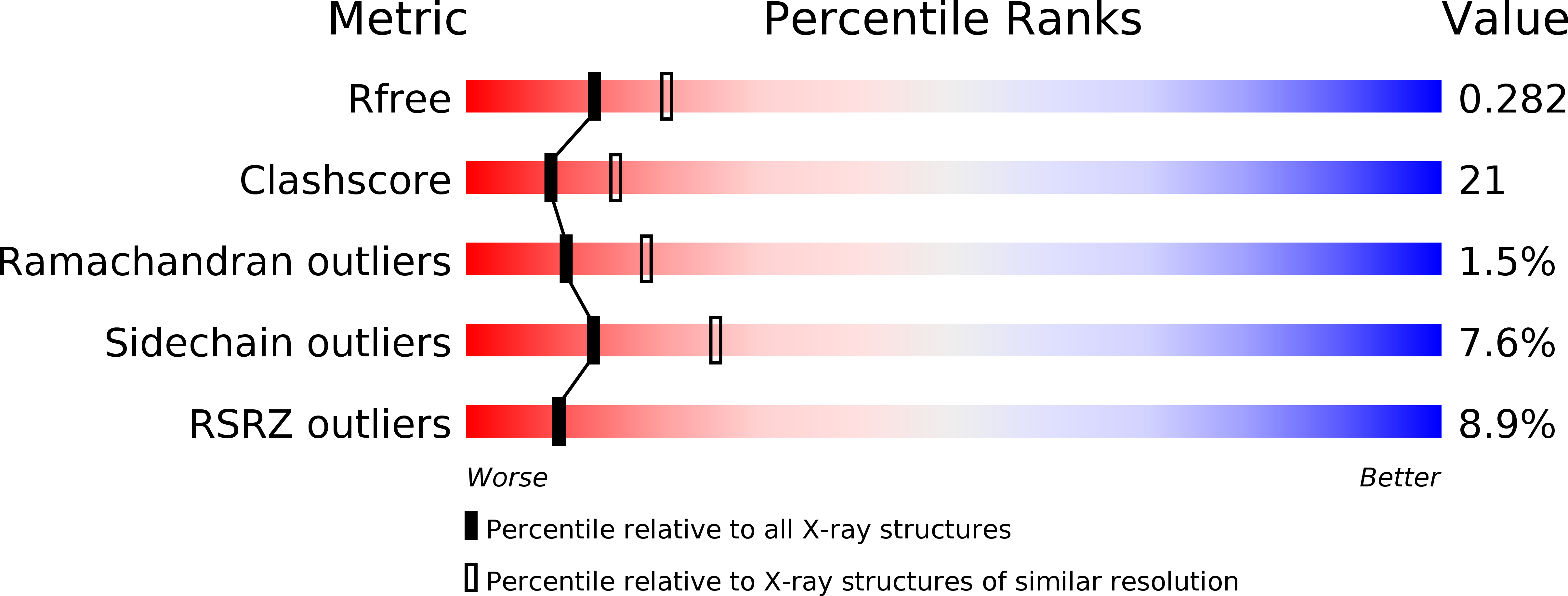
Deposition Date
2004-04-29
Release Date
2004-11-02
Last Version Date
2024-10-30
Entry Detail
PDB ID:
1T4K
Keywords:
Title:
Crystal Structure of Unliganded Aldolase Antibody 93F3 Fab
Biological Source:
Source Organism:
Mus musculus (Taxon ID: 10090)
Method Details:
Experimental Method:
Resolution:
2.50 Å
R-Value Free:
0.28
R-Value Work:
0.23
R-Value Observed:
0.23
Space Group:
P 21 21 21


